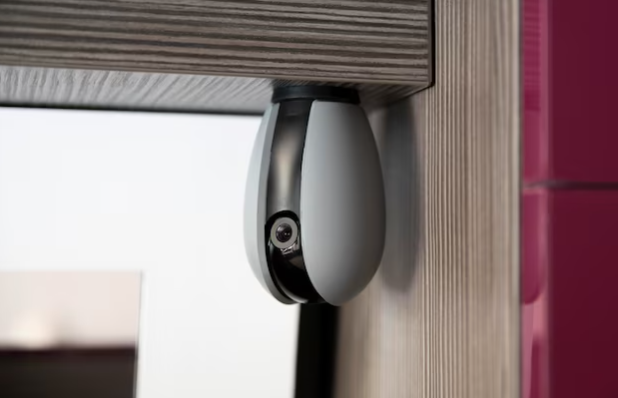Exploring Advanced Features In A Security Camera System Houston
Security camera systems have evolved significantly over the years, transitioning from basic surveillance tools to sophisticated devices equipped with advanced features. These modern systems go beyond traditional video monitoring, incorporating cutting-edge technologies to enhance security, provide valuable insights, and streamline surveillance operations. In this article, we will explore some of the advanced features that is transforming security camera system Houston.

High-Resolution Imaging
One of the most noticeable advancements in security camera technology is the improvement in image resolution. High-resolution cameras, often measured in megapixels, capture sharper and more detailed images, allowing for better identification of individuals and objects. 4K and even 8K resolution cameras are becoming more common, providing crystal-clear footage for enhanced surveillance.
Artificial Intelligence (AI) and Video Analytics
Artificial Intelligence has revolutionized security camera systems by enabling advanced video analytics. AI algorithms can analyze video feeds in real-time, detecting and classifying objects, people, and activities. This capability allows for the automatic identification of suspicious behavior, unauthorized access, or potential security threats. Video analytics also reduce false alarms by distinguishing between routine activities and genuine security concerns.
Facial Recognition Technology
Facial recognition technology has become a powerful tool in security camera systems. This feature allows cameras to identify and verify individuals based on their facial features. It can be used for access control, tracking individuals of interest, or enhancing overall security in public spaces. However, ethical considerations and privacy concerns surrounding facial recognition technology have prompted debates and discussions on its usage.
Pan-Tilt-Zoom (PTZ) Functionality
Modern security cameras often come equipped with Pan-Tilt-Zoom functionality, enabling operators to control the camera’s movement and zoom capabilities remotely. This feature is especially useful for monitoring large areas or tracking moving objects. PTZ cameras can be programmed to follow predefined patterns or respond to specific triggers, providing a dynamic and flexible surveillance solution.
Infrared and Low-Light Vision
Security concerns don’t stop when the sun goes down. Infrared and low-light vision capabilities enable cameras to capture clear footage in challenging lighting conditions. This is crucial for 24/7 surveillance, ensuring that security camera systems remain effective even in complete darkness.
Edge Computing In Security Camera System
Edge computing involves processing data locally on the camera itself rather than relying on a centralized server. This not only reduces latency but also enhances the system’s efficiency. Edge computing is particularly beneficial for real-time analytics, allowing security camera systems to respond rapidly to events without the need for constant communication with a central server.
Cloud Integration and Remote Monitoring
Cloud integration has transformed how security camera systems are managed and accessed. Cloud-based solutions allow users to store, manage, and access video footage remotely. This enables real-time monitoring, easy retrieval of archived footage, and seamless collaboration between multiple locations. Cloud-based storage also adds an extra layer of security by preventing on-site tampering or data loss.
Smart Alerts and Notifications
Security camera systems equipped with smart alert features leverage AI to differentiate between routine activities and potential threats. These systems can send real-time notifications to users’ smartphones or other devices when unusual events are detected. Smart alerts reduce the need for constant monitoring, allowing users to respond promptly to security incidents. This feature is particularly valuable for businesses and homeowners who want to stay informed about the security of their premises, even when they are away.
Conclusion
Advanced features in are continuously evolving, providing businesses, homeowners, and institutions with powerful tools to enhance security and surveillance capabilities. From high-resolution imaging and artificial intelligence to facial recognition and cloud integration, these features contribute to creating a comprehensive and efficient security infrastructure. As technology continues to advance, security camera systems are likely to become even more sophisticated, offering new possibilities for safeguarding our environments.
